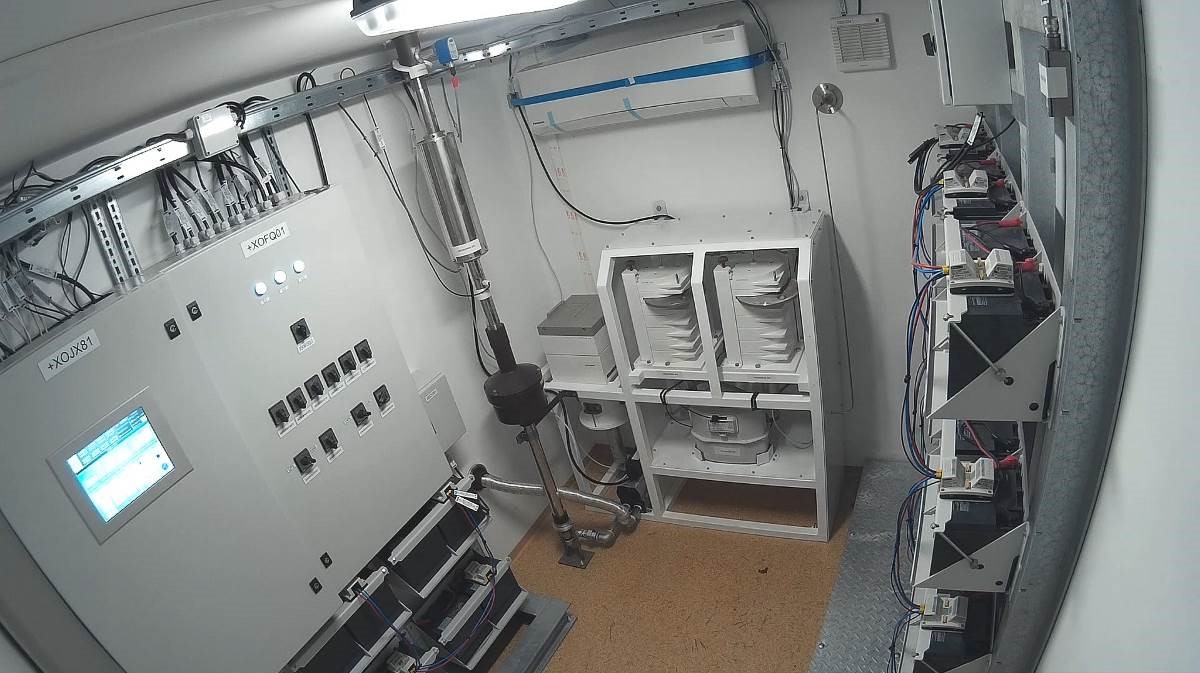The radiation and environmental protection system of the Paks NPP is to be upgraded in order to improve its resistance to earthquakes and station blackout

The major function of the radiation and environmental protection system of the Paks NPP is to detect radiation emitted by the plant and to predict its expected propagation during any incidents. The vital detection elements of this protective system are the measurement stations installed around the plant in circle with a radius of 3 km. Air samples are taken from the air by nine, so-called A type stations, with a flow-rate of 40 m3/h and gamma dose-rate and iodine activity concentrations are measured continuously. In addition, eleven G type stations are installed between the A type stations without having any wired connections with the plant. Solar panels provide their required electricity and they measure only gamma dose-rates, which are sent to the centre by radio.
One of the conclusions of the stress-test performed after the events of Fukushima was that the resistance of these stations to earthquakes and station blackout needs to be improved. A study was made in 2015, which concluded in the description of the necessary upgrade of the stations. Centre for Energy Research, with its partners, built the prototype of the new stations and tested in 2017, then the reinforcement of the system has been launched in 2018. The project is approaching to its end which is expected in 2021Q2.
Gábor Házi
Centre for Energy Research
gabor.hazi@ek-cer.hu